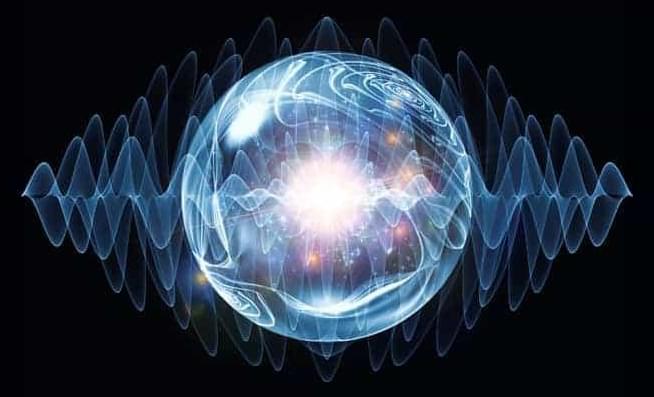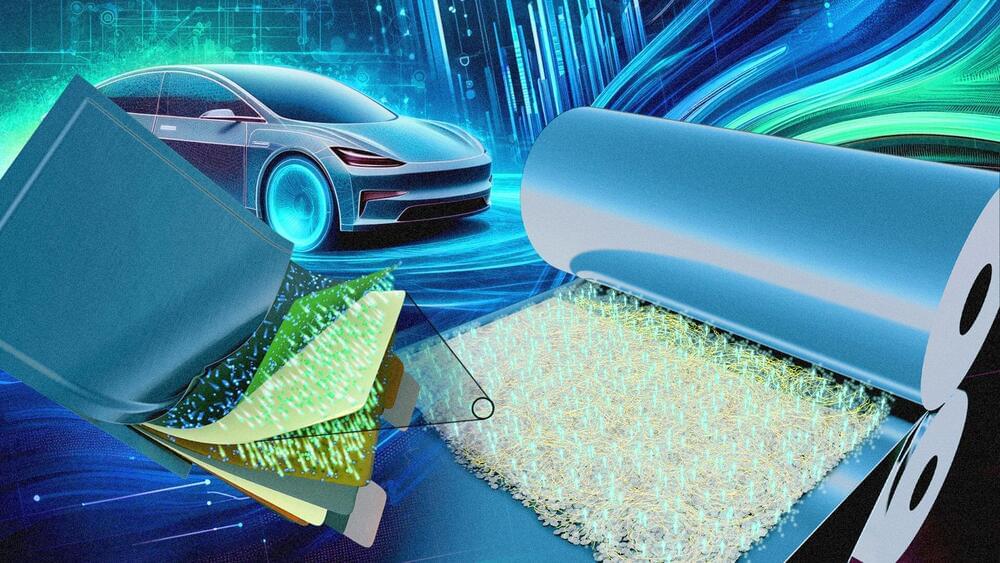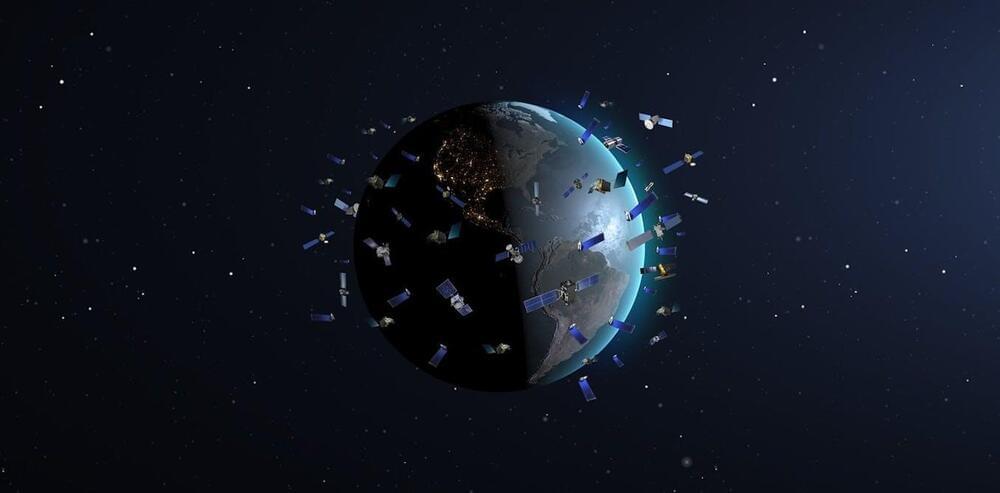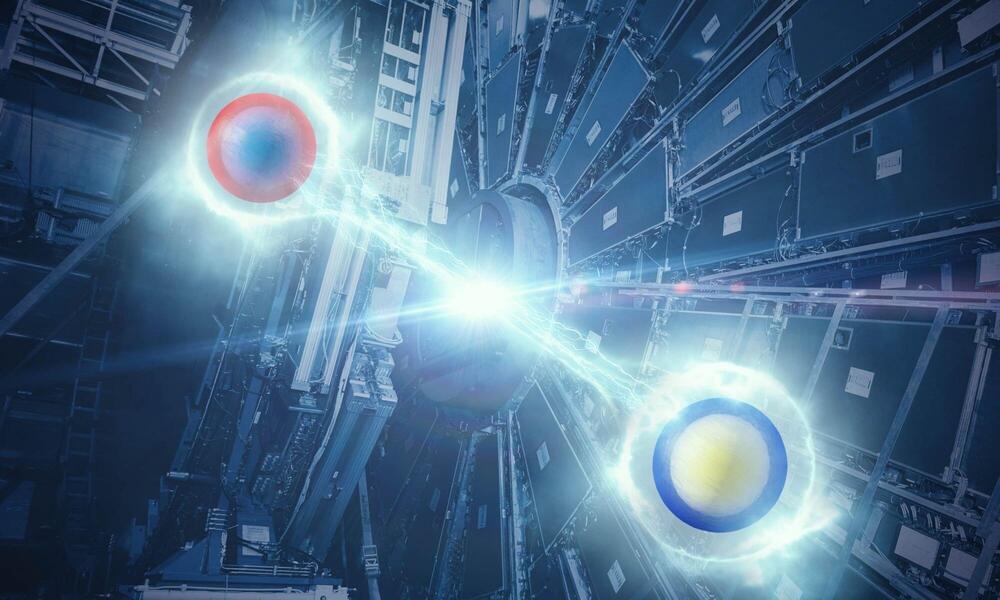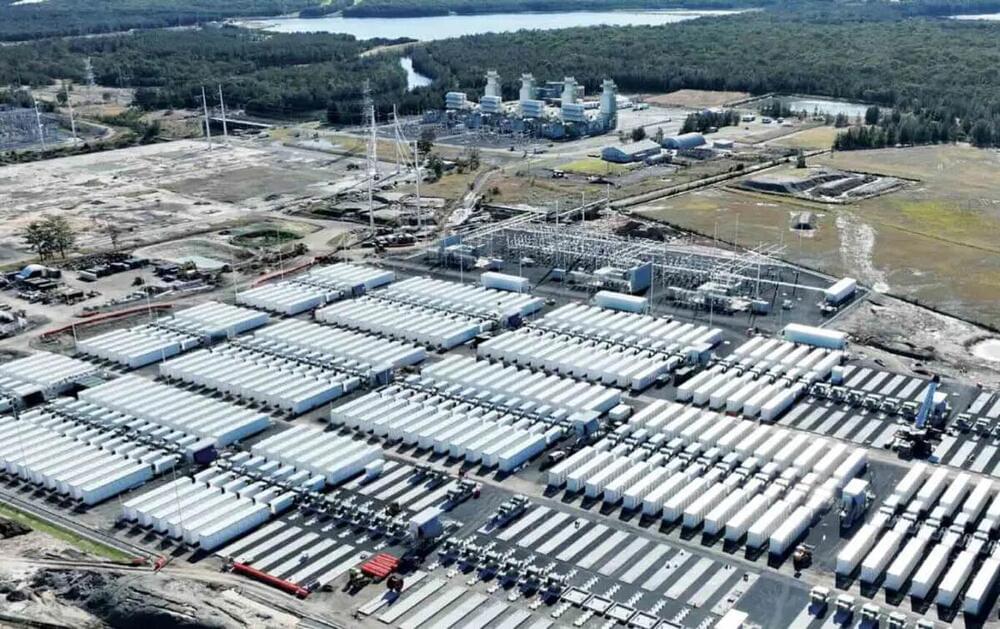
The most powerful battery in Australia, and biggest single power unit ever to be connected to the country’s main grid, has completed the first stage of its connection and commissioning process, according to its owner Akaysha Energy.
The Waratah Super Battery will be sized at 850 megawatts (MW) and 1,680 megawatt hours (MWh), and its principal role will be to act as a kind of giant shock absorber, allowing the power lines transporting renewable power from the regions to the major load centres on the coast to operate at or near full capacity.
The battery is being built at the site of the already shuttered Munmorah coal fired generator, and will play a key role as the state’s remaining coal fired power plants are retired, even though the closure of the biggest of them all, the 2.88 GW Eraring generator, has been pushed back by at least two years to late 2027.


